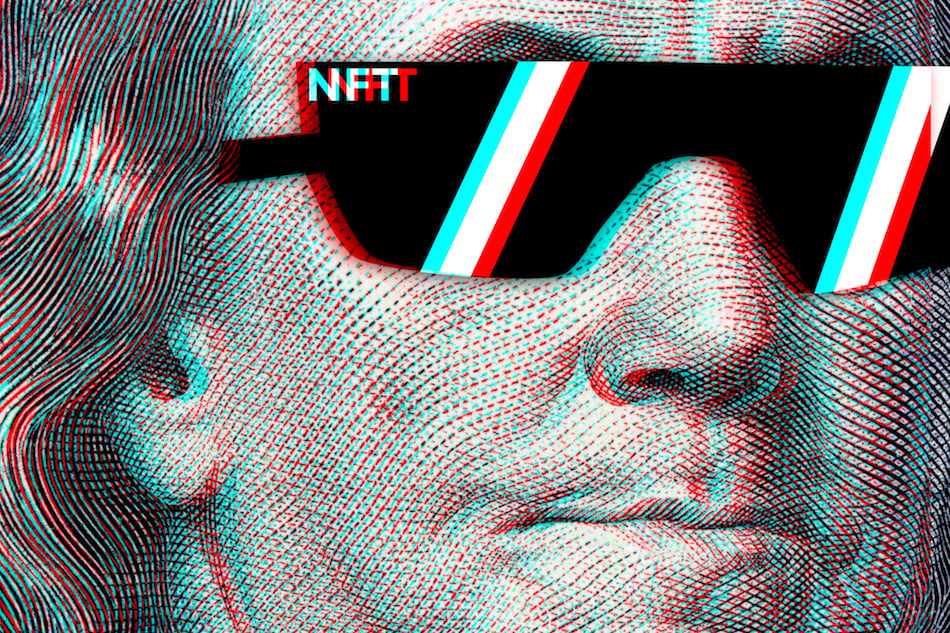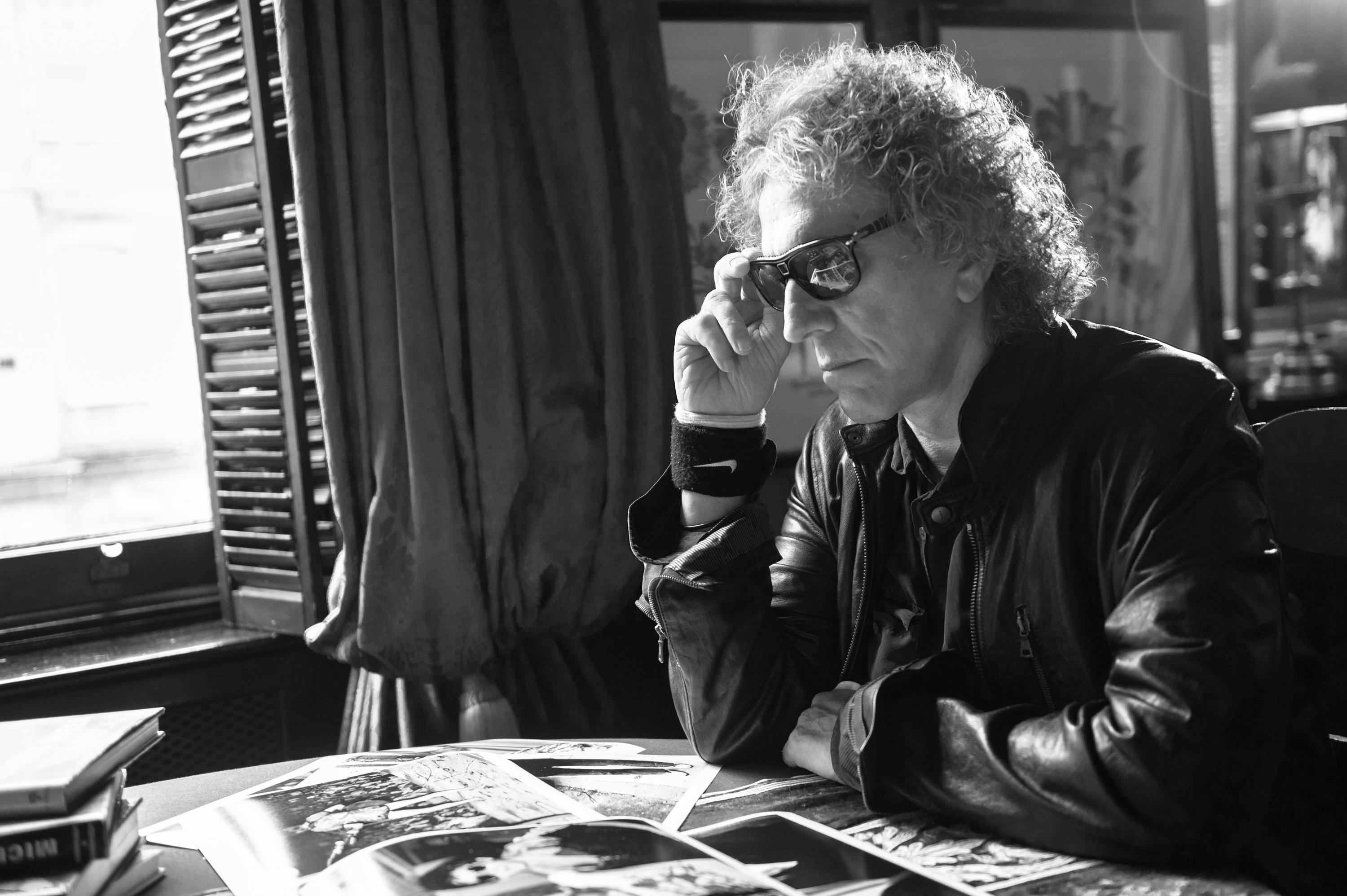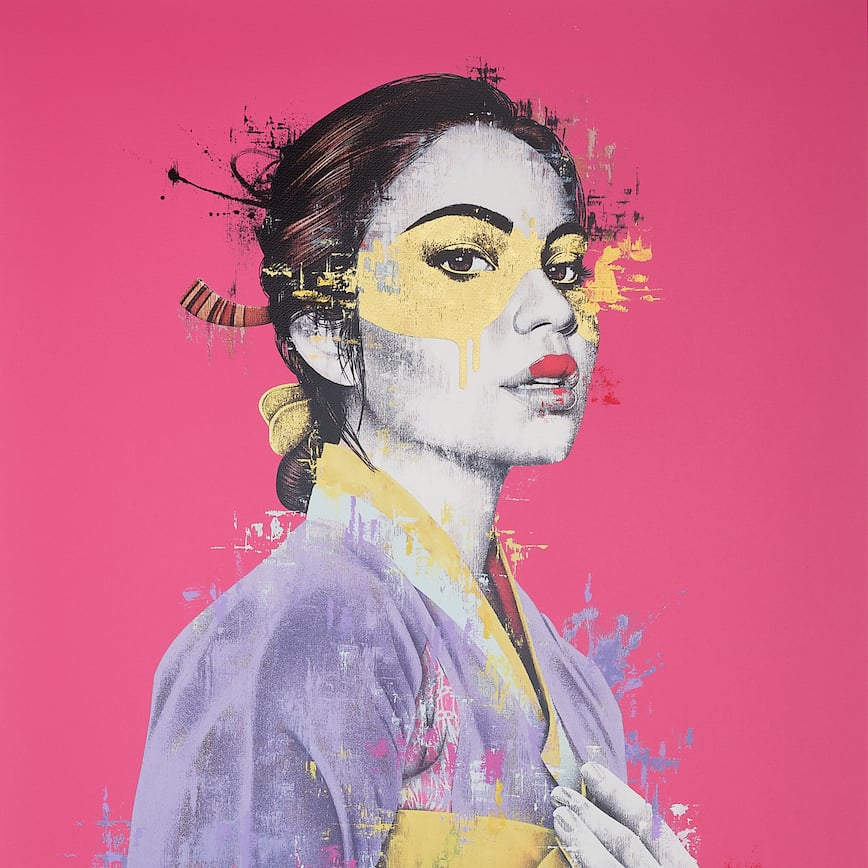‘Innovation is the ability to see change as an opportunity, not a threat’ – Steve Jobs, founder of Apple
As someone known for his innovative, big-thinking mindset, Jobs knew a thing or two about ushering in new eras. With his penchant for embracing, and not shunning, new norms of tech and digital - it’s not hard to retrospectively predict he may have had his own interest piqued by the emerging and burgeoning NFT and crypto art market.
And he wouldn’t be the only one. It seems like the whole world is talking crypto. As a gallerist and the founder of West Contemporary (art consultancy), West Contemporary Editions (online gallery) and West Contemporary Digital Editions (N.F.T gallery), this is your insider cheat sheet on this digital revolution. And make no mistake, this isn’t a flash in the pixel pan.
Non-Fungible Token’s (NFT’s) are essentially a special type of digital asset representing something unique and non-interchangeable, as opposed to fungible assets (including cryptocurrencies) like Bitcoin. Fungible assets, like money, are replicable by nature – N.F.T’s, on the other hand, have unique properties meaning their ownership cannot be copied. They are one-of-a-kind. They are original.
To put this into the traditional context of collecting; many can buy Piccasso prints, but only one buyer owns the original. These two things may look the same, but they are not. If we are talking single buyers, only one person can claim to truly own the artwork. And within our world, this exclusive collectability factor is a big pull. What makes an original is often simply a question of provenance. We issue certificates of authenticity to prove physical artworks, and N.F.T’s work much the same.
But what else gets people excited to buy crypto-art?
Crypto-art allows for a modern version of art ownership in a digital format and is a fresh and topical way for new and existing buyers to engage in art collecting. We’ve seen a clear wave of early adopters enter the art market via NFT platforms. It has engaged groups that may have not previously thought of buying art, whilst also offering an exciting alternative for seasoned collectors. It is a gateway ‘in’ for new collectors to start, and an opportunity for experienced buyers to expand and diversify their collections.
Artists benefit from interest in what essentially amounts to a new, very fresh and incredibly current genre of art. Digital art’s ascendance over the past decade, although still on the peripheral in many places, has been married with the emergence of the new market to offer opportunities to outsider artists that may have not existed before. An interesting feature of N.F.T’s is the ability for artists to add a feature to their sale that means that whenever the artwork sells of changes hands, they receive a fee – something that is not the case in non-N.F.T collecting. Collectors are able to support artists and artworks they respect in a very real way.
It would be naïve to not mention the financial aspect for buyers. Collectors want to know about their returns on investment and some outstanding sales earlier this year have not gone unnoticed.
In February 2021, world renowned auction house Christie’s bestowed an almighty seal of approval on the direction of crypto-art when they offered up Beeple’s ‘Everyday: The First 500 Days’. The $69.3 million sale makes it the sixth-most expensive artwork in the world by a living artist, sandwiched between works by David Hockney and Jeff Koons. It is hard to know what is more impressive. The esteemed company, the sale price or the marketplace?
Like everything ‘new’ in the art industry, it has met its critics. Some point to a bubble, a volatile market or a profound unpredictability, but in many ways this is something the art world has long lived (and thrived) with outside of crypto. This suspicious attitude itself is nothing new, though. All too often, when something is introduced in our industry, it is met by scepticism and unease.
And when it comes to loud introductions, it is safe to say that NFT’s and cryptoart haven’t simply knocked at the door, they’ve blown up the whole house.
The timing is pertinent, too. Although established earlier, history will probably recall the modern annus horribilis of 2020 as the first act of the story, born as our whole industry sought new opportunities and found them amidst the chaos. Not unlike Enness Global - founded in 2007 at the height of the financial crisis, with a mission to become the go-to international, complex mortgage advice brokerage for high net worth individuals, whose interests were not perfectly serviced by the incumbent brokerages. It is no surprise that as the world reassessed its priorities, so did the art industry. They do say diamonds are created under pressure.
The digitalisation of the art industry has created an interesting collision of ideas, as a notoriously traditional art world grapples with the unrelenting and unavoidable reimagining of what ‘online’ can do for art, what e-commerce really can be, and certainly what our place as gallerists may look like in this evolving world.
We, at West Contemporary, have never been shy to break our own ground along the way, starting with being known as the world’s first street art original online gallery under our previous guise of Beautiful Crime. And we didn’t stop there. Alongside supporting 4D mapping and digital video projection events for Armani, All Saints and Adidas, we digitally designed the Coca-Cola bottle for the London 2012 Olympics as well as worked extensively with the Gorillaz Sound System, using augmented and virtual reality as early as 2011, so we have our own well-earned digital pedigree. This meant our founding of West Contemporary Digital Editions became a very natural move – and we are excited to be one of the first major names to endorse N.F.T’s in such a public way. Something we wouldn’t do without good reason.
West Contemporary Digital Editions first NFT ‘drop’ was exclusively with UK-based artist Daft Apeth, the pseudonym of multi-disciplined visionary and musician Serge Pizzorno, the inimitable creative force behind Kasabian. Each of the three new releases, psychedelic and out there in look and encapsulating everything the market currently is, sold for four figures each upon release. We took the opportunity to ensure that each buyer received their own physical original alongside their N.F.T, meaning we were able to create a hybrid model of crypto/physical collection, true to our roots whilst also welcoming this exciting new space.
One’s interest in N.F.T’s may be purely a question of investment. It might be a desire to support artists, or to be an early adopter in a brave new (online) world, or it may be the kudos and exhilaration of owning something no one else in the world can call theirs. The reasons are many and broad, and sometimes personal.
The think-pieces may well reduce. The documentaries heralding in a new dawn of art may begin to level off. The hyperfocus of the general public may die and wane.
But one thing is for sure – N.F.T’s and cryptoart are here to stay.
Liam West FRSA
To find our more about N.F.T’s, please see: https://www.west-contemporary-editions.com/pages/nfts
For more information on art investment please email [email protected]





